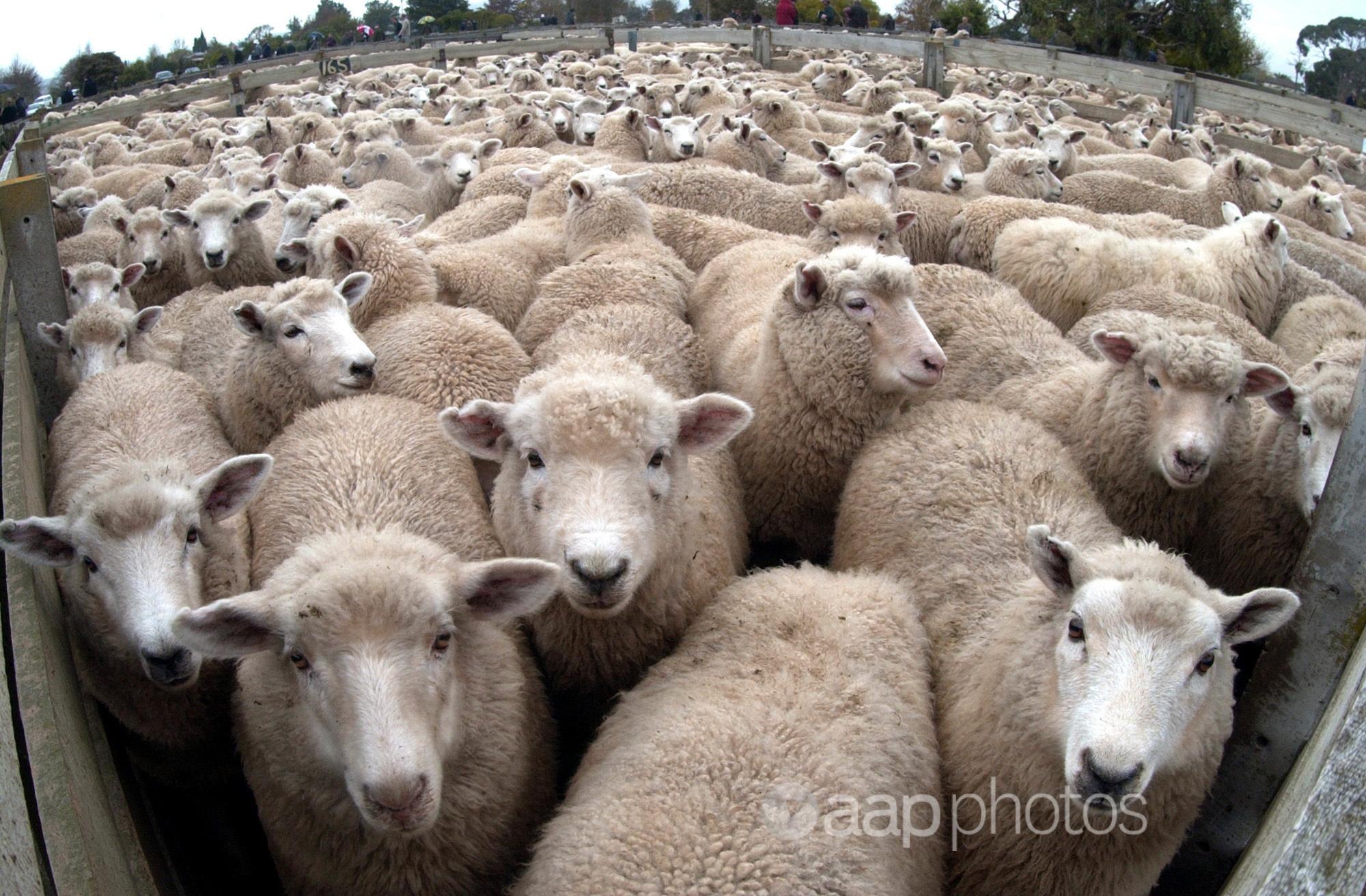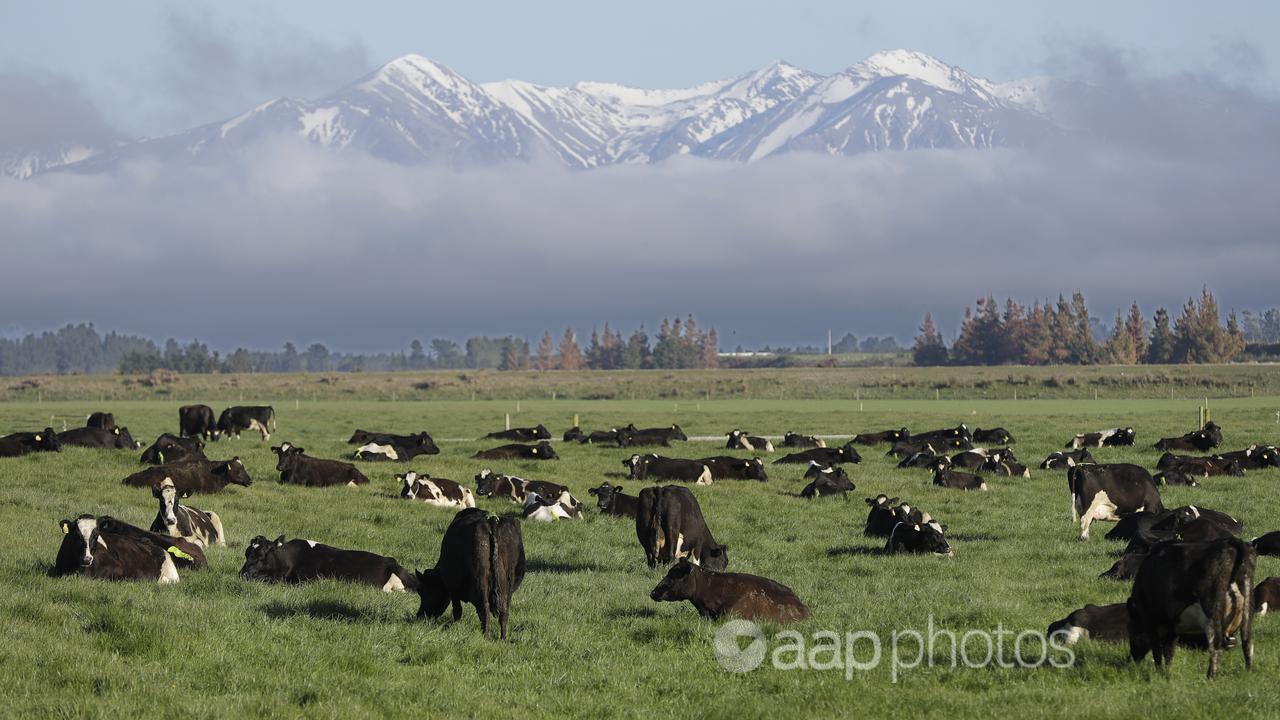A lobby group championing farmers’ rights claims New Zealand has the planet’s lowest greenhouse gas emissions.
The claim is made in a Facebook video by Bryce McKenzie, the co-founder of Groundswell NZ, a group which challenges government regulations on farmers.
In the video (screenshot here) posted to the group’s Facebook page on June 1, Mr McKenzie reads questions about “a whole raft of misinformation when it comes to emissions”.
In one, he asks: “Why are we taking unilateral action that will cut production in New Zealand, that has the planet’s lowest carbon footprint, when we know that other countries with a worse record will make up the shortfall, leading to an overall increase in emissions?” (video mark 43 sec).
The Ministry for the Environment’s Greenhouse Gas Inventory Snapshot 1990-2019, sourced from data from the UN Framework Convention on Climate Change (UNFCCC), states otherwise.
NZ’s emissions are measured against Annex I countries, which are defined as industrialised nations which were OECD members in 1992, the year the UNFCCC was agreed, and countries with economies in transition at the time.
It shows NZ’s gross emissions of greenhouse gases in 2018 was ranked 24th among the 43 Annex I countries, but the sixth-highest per capita.
The Ministry says NZ’s gross carbon dioxide emissions in 2018 were 7.5 tonnes per person (measured as CO2 equivalent per capita), below the Annex I average of 10.9 tonnes. It says this reflected NZ’s high proportion of electricity generated from renewable sources, which in 2019 was 82 per cent.
However, New Zealand’s emissions of all gases, including methane and nitrous oxide, per person were the sixth highest among Annex I countries at 16.9 tonnes (measured as CO2-e per capita), higher than Japan and the UK.
Following publication, a Groundswell NZ representative told AAP FactCheck the lowest carbon footprint reference was in regards to agriculture only, not the country’s emissions as a whole.
This is also false.
New Zealand has an outsized agricultural emissions footprint relative to its population. Data from the United Nations (select ‘GHG from Agriculture’ from the dropdown menu) shows NZ’s agriculture sector was 11th highest for total emissions of Annex I countries in 2020 with 39.4 million tonnes (MT). This puts the country ahead of the likes of Spain (38.5MT), Italy (32.2MT), Japan (32.2MT) and the Netherlands (17.7MT).
“The high level of agricultural production in New Zealand means we produce a lot of methane and nitrous oxide,” and these gases “have a greater warming effect compared with carbon dioxide,” the Ministry says.
It says almost half of New Zealand’s gross emissions come from the agriculture sector (48 per cent), while the average for Annex I nations is 12.3 per cent.

Since the release of the Inventory Snapshot 1990–2019, the UN has published emissions data for Annex I countries for 2019 and 2020 which places NZ in a similar position against its international contemporaries.
Ralph Sims, emeritus professor of sustainable energy and climate mitigation at Massey University, told AAP FactCheck it was not correct to claim NZ has the planet’s lowest carbon footprint.
Prof Sims says it’s crucial to measure a nation’s carbon footprint as a per capita figure based on emissions of all gases, as opposed to just gross output.
“Why should a New Zealander be able to emit 16 tonnes of CO2 equivalent per year and somebody in India or an African country only be allowed to emit one tonne per year when they’re trying to develop their economy,” he said.
“The planet should be an equitable place for everybody who lives on it, so that’s the argument for a per capita basis.”
The point is highlighted by a Stats NZ article published in February. Using data from New Zealand’s Greenhouse Gas Inventory 1990-2019, NZ’s official data agency said: “New Zealand’s share of global GHG (greenhouse gas) emissions is small, but our gross emissions per person are high.”
A Ministry for the Environment spokesman also told AAP FactCheck it was false to say NZ had the planet’s lowest carbon footprint.
The spokesman said the nation “is ranked at 75th of 194 countries when comparing net emissions on a per capita basis, when ranked highest to lowest.”
“Under the Paris Agreement, we committed to play our part in the global effort to limit the average rise in temperature to 1.5 degrees above pre-industrial levels,” he said in an email.
“Collectively, small countries like Aotearoa New Zealand make up around 30 per cent of global emissions. So, it’s vital we do our part and do not rely on others to make a difference.”
The Ministry said it was possible for the agricultural sector to reduce emissions “even without new technologies”, by adopting “efficiencies on farms, and by switching some pastoral land to forestry and horticulture”.
“Farmers have already made progress in reducing emissions, but further changes can lower emissions on farm while maintaining, or even improving, productivity,” the spokesman said.
The Verdict
The claim New Zealand has the planet’s lowest carbon footprint is not correct, according to data from the UN and NZ’s Ministry for the Environment. When all greenhouse gas emissions are factored in, particularly those from the agricultural sector, NZ is ranked 24th among Annex I nations, but is the sixth-highest emitter per capita.
False – The claim is inaccurate.
* AAP FactCheck is an accredited member of the International Fact-Checking Network. To keep up with our latest fact checks, follow us on Facebook, Twitter and Instagram.
* July 26, 2022 1.06pm: Addition of pars 10 to 13 to clarify that Mr McKenzie was referencing NZ agriculture as having the lowest carbon footprint in the world. Par 13 adds UN figures on agriculture.
All information, text and images included on the AAP Websites is for personal use only and may not be re-written, copied, re-sold or re-distributed, framed, linked, shared onto social media or otherwise used whether for compensation of any kind or not, unless you have the prior written permission of AAP. For more information, please refer to our standard terms and conditions.


















